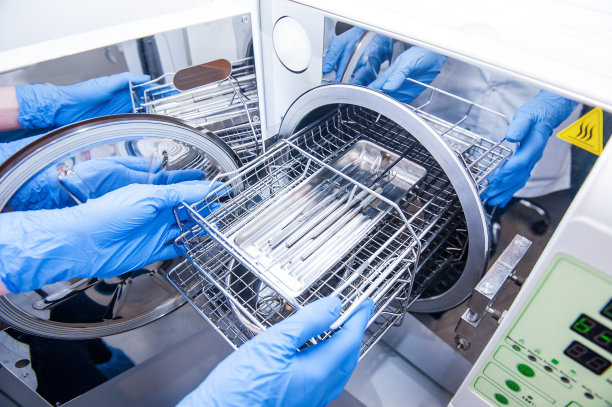Understanding the Process and Aftercare Steps Involved in Extracting a Tooth for Optimal Recovery
Summary: Tooth extraction is a common dental procedure that can sometimes be intimidating for patients. This article provides an in-depth understanding of the tooth extraction process, the necessary aftercare steps, and important considerations during recovery. We will explore the preparation required before the extraction, discuss the procedure itself, examine how to ensure proper aftercare post-extraction, and provide insights on when to seek further medical advice. By comprehending these aspects, patients can alleviate their anxiety and promote optimal recovery, ensuring that their dental health is well taken care of.
1. Preparing for a Tooth Extraction

The preparation phase for a tooth extraction is crucial in ensuring a smooth and effective procedure. Firstly, it is essential for the dentist to conduct a thorough examination, including X-rays if needed, to assess the condition of the tooth and surrounding tissues. This step helps determine the best extraction method to minimize complications.
Patients should also be informed about the sedation options available. The choice between local anesthesia and other sedation methods plays a significant role in the patient’s comfort levels during the extraction process. It is recommended that patients discuss their concerns with their dentist to understand the best course of action tailored to their specific needs.
In the days leading to the appointment, patients should avoid certain medications that may increase bleeding, such as blood thinners and non-steroidal anti-inflammatory drugs (NSAIDs). Furthermore, a well-balanced meal prior to the extraction, depending on sedation advice, can help stabilize blood sugar levels, ensuring optimal recovery conditions.
2. The Tooth Extraction Procedure Explained
The actual tooth extraction procedure is typically straightforward but varies based on the complexity of the case. For simple extractions, where the tooth is visible and accessible, the dentist can numb the area with a local anesthetic, gently rocking the tooth to loosen it from the socket for removal.
In cases involving impacted teeth, such as wisdom teeth, a surgical extraction may be necessary. This involves making an incision in the gum tissue to access the tooth, which may be divided into pieces for a more manageable removal. Preparing patients for what to expect during the procedure can drastically reduce anxiety and make for a smoother experience.
After the tooth is removed, the dentist will apply gauze to the extraction site to control bleeding and assist in clot formation. They may provide additional instructions on how to care for the area, which is essential in promoting healing and comfort during recovery.
3. Essential Aftercare Following Extraction
The aftercare following a tooth extraction is vital in ensuring a swift and complication-free recovery. Initially, patients should follow the dentists instructions, which typically include keeping the gauze in place for at least 30 minutes after the extraction to help stop the bleeding. Avoiding vigorous rinsing or spitting for the first 24 hours will also protect the clot.
Managing pain and swelling is an essential aspect of aftercare. Over-the-counter pain relievers, as recommended by the dentist, can help alleviate discomfort, while applying ice packs on the cheek can reduce swelling during the first day post-extraction. Staying hydrated and consuming soft foods is advisable during the initial recovery days.
Monitoring the extraction site for signs of infection, such as increased pain, swelling, or pus, is critical. If any unusual symptoms occur, patients must contact their dentist promptly to ensure timely intervention and treatment.
4. When to Seek Further Dental Advice
While many recover from tooth extractions without complications, there are instances where seeking further dental advice is necessary. If bleeding persists beyond the first few hours or becomes excessive, patients should contact their dentist immediately. Additionally, severe pain that intensifies rather than abates may signal issues such as dry socket.
Other warning signs include fever, significant swelling, and an unpleasant taste in the mouth, which may indicate an infection. Quick diagnosis and treatment are vital to avoid further complications, helping to ensure the recovery process is smooth.
Ultimately, open communication with your dentist post-extraction is important. Regular follow-ups can help address your recovery progress and any lingering concerns, ensuring your overall dental health remains in check.
Summary:
Understanding the processes and aftercare steps involved in tooth extraction is essential for patient reassurance and optimal recovery outcomes. The preparation, actual procedure, aftercare, and when to seek further assistance are all key components that contribute to a successful dental experience. By arming oneself with this information, patients can ensure a smoother transition through the extraction process and safeguard their oral health effectively.
This article is compiled by Vickong Dental and the content is for reference only



